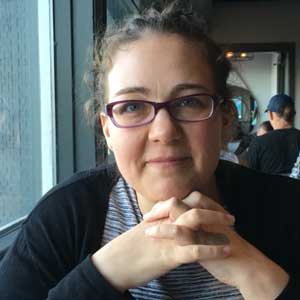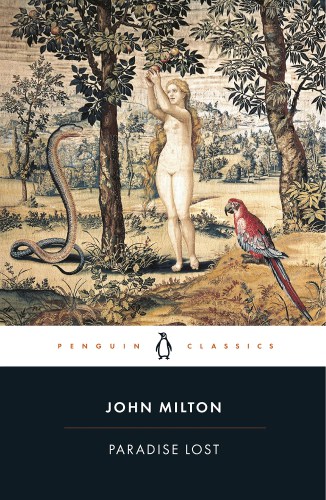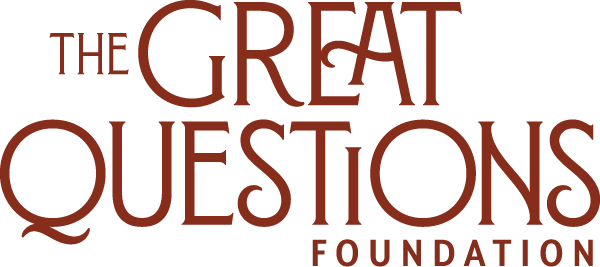Miss Emily’s lecture that day was typical of what I’m talking about. We’d be focusing on sex, and then the other stuff would creep in. I suppose that was all part of how we came to be ‘told and not told.’
Kazuo Ishiguro
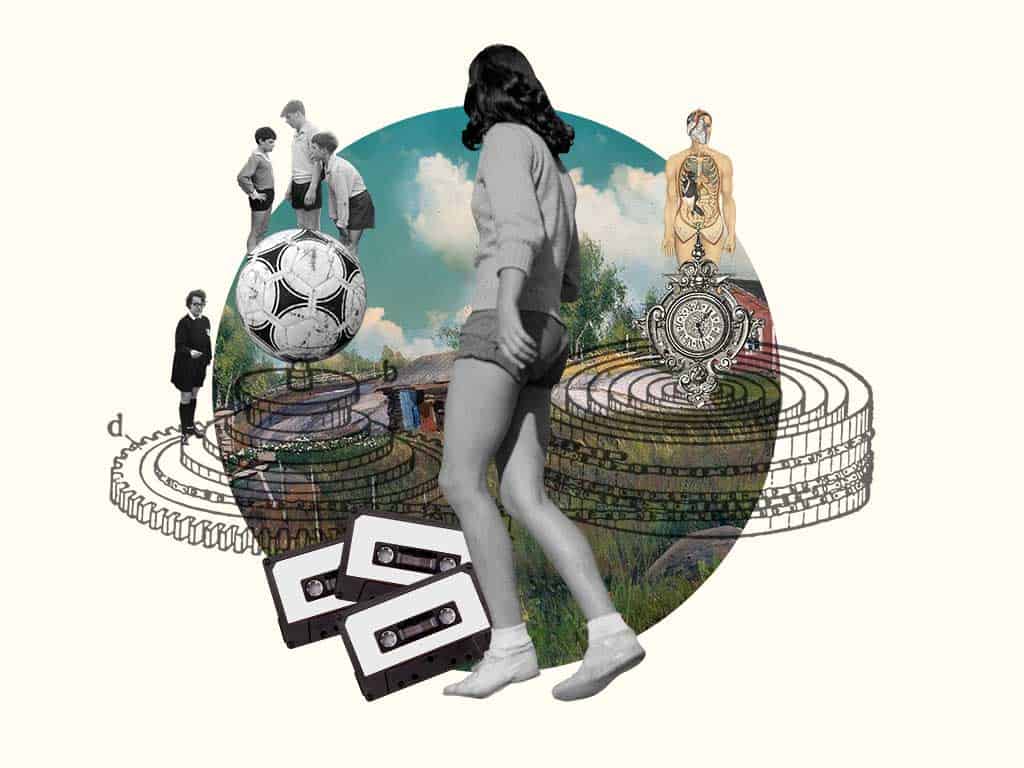
Never Let Me Go
Kazuo Ishiguro
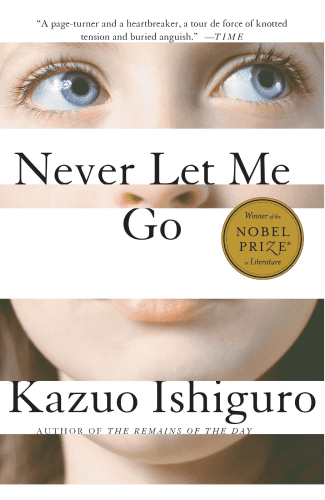
Never Let Me Go. Kazuo Ishiguro. Vintage 978-1400078776
...the connection made to them as individual, sentient beings makes questions about what it means to be human and what human responsibility is toward what we create, all the more personal and tortured...
Never Let Me Go is narrated in the first person by Kathy H., who defines herself as a “carer” in the first sentence of the novel. The narrative is roughly chronological and divided into three parts: Kathy’s time as a student at Hailsham, a selective and isolated boarding school; her life at The Cottages, a kind of halfway house for recently graduated students; and Kathy’s eleven-year career as a carer, or a nurse and companion to other clones, like herself, who are slowly making donations of their organs for use in non-cloned humans. While it would be easy to categorize Never Let Me Go as a dystopian novel, Ishiguro’s focus on Kathy H.’s education and young adulthood, and specifically her friendships with fellow clones Ruth and Tommy, allows readers to connect to the humanity of the characters rather than the science fiction elements of the story. As readers come to understand Kathy, Ruth, and Tommy’s destinies, the connection made to them as individual, sentient beings makes questions about what it means to be human and what human responsibility is toward what we create, all the more personal and tortured.
Why This Text is Transformative?
Rather than approaching the question heavy handedly, Ishiguro leads readers gently to interrogate not only the attitudes of humans to the clones, but the matter-of-fact resignation of the clones to their own fates.
Since it is written as a first person coming-of-age novel, Never Let Me Go is accessible to all students. Students of traditional college age will relate to the late adolescent/early young adult experiences of Kathy H. and her peers, like negotiating friendships with romantic and sexual relationships and adjusting to life outside of adult guidance and protection. Non-traditionally aged students will remember these experiences as well. So, while the genre and narrative will be unlikely to challenge students, the experience of connecting emotionally to the characters, while coming to understand they have been bred to be used by non-cloned humans, will test students’ assumptions about technology and human exploitation of that technology. Rather than approaching the question heavy handedly, Ishiguro leads readers gently to interrogate not only the attitudes of humans to the clones, but the matter-of-fact resignation of the clones to their own fates.
A Focused Selection

Because of its form, excerpting sections of text from Never Let Me Go could be difficult. The recommendation, then, would be to read the work as a whole. Again, neither the writing nor the form is particularly difficult. The first section of the text, just over 100 pages, could be read alone, as there is enough foreshadowing for students to develop good guesses as to where the story goes, and to begin having those important ethical conversations.
Study Questions
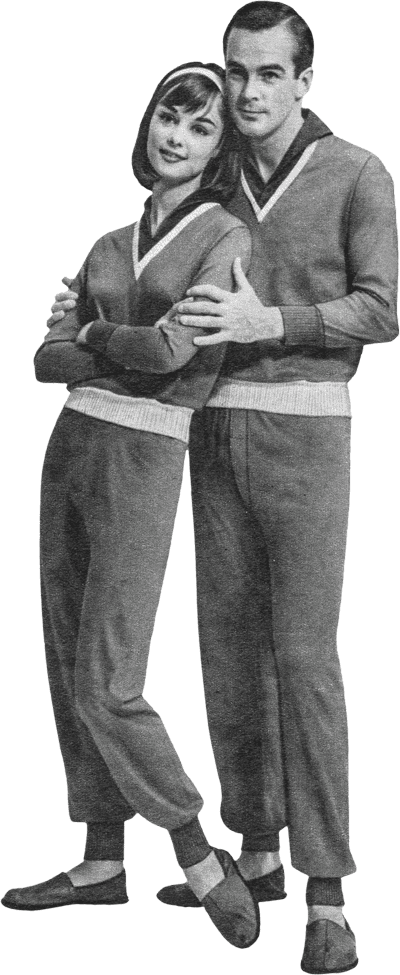

Discussion questions related to Part One:
1) Throughout Part One, Kathy H. describes feeling both sorry for and protective of Tommy as he is being bullied by other students. Equally, she feels impatient and frustrated with the ways in which he brings unwanted responses upon himself. Looking at these moments (when Tommy is picked last for soccer, when he is convinced by fellow students that the wound in his arm will “unzip”), what actions does Kathy take and what do these actions and reactions suggest about her feelings of responsibility toward Tommy? When have you acted to protect someone you saw as weak, hurt, or disenfranchised? Did you struggle with what to do? Why or why not? Would you do anything differently in retrospect? What and why?
2) Kathy notices that Tommy’s anger and acting out suddenly disappears, and she interrogates Tommy about it. Tommy’s explanation is a recounting of a conversation with Miss Lucy. What was that conversation about and why did it have a positive impact on Tommy’s emotional state? Consider important conversations you’ve had with authority figures that changed your perceptions of yourself or the world. What were these conversations about? How did they impact you and why?
3) Kathy remembers thirteen as the age that she and her peers started asking for and receiving more education about sex, and connects freer conversations about sex with more openness about their eventual donations. She explains, for instance, “Looking back now, I’d say the rule about not discussing the donations openly was still there, as strong as ever. But now it was okay, almost required, every now and then, to make some jokey allusion to these things that lay in front of us.” How would you describe and explain that shift for the students? Looking back at your early adolescence, what subjects became less taboo or more interesting to talk or joke about? How might these subjects relate to the idea of what children are “told and not told”?
4) Kathy and her peers know from when they are very young that they have been created to provide organ donations until the donations kill them. Their mortality is always explicit. Although we don’t know how we will die, we also know that we will, and in that sense, our morality is also always explicit. What are these characters’ feelings about death and how do you know? How do they seem to embrace or defy mortality? Does this change over time? How? How you do embrace or defy mortality?
5) Kathy acknowledges that she and her peers were sheltered from the outside world at Hailsham, but the outside world does seep in, as when Madame visits to choose student artwork for her collection. Kathy, looking back, explains one significant consequence of these visits:
So you’re waiting, even if you don’t quite know it, waiting for the moment when you realise that you really are different to them; that there are people out there, like Madame, who don’t hate you or wish you any harm, but who nevertheless shudder at the very thought of you—of how you were brought into this world and why—and who dread the idea of your hand brushing against theirs. The first time you glimpse yourself through the eyes of a person like that, it’s a cold moment. It’s like walking past a mirror you’ve walked past every day of your life, and suddenly it shows you something else, something troubling and strange.
Do you remember a time in which someone else’s response to you shook your sense of self? Do you have a sense of what they were responding to or why they had the response? In this case, Kathy believes Madame’s reaction is based on the fact that Kathy and the other children are clones, but how might this play out or how have you seen or experienced it playing out around other identities?
Building Bridges
Never Let Me Go’s central question about human responsibility for our creations makes it an easy paring with Milton’s Paradise Lost, with Mary Shelley’s Frankenstein, with books from both the Old and New Testament. Relatedly, the text poses questions about education: what individuals should know, when, and how they should be taught, particularly as it relates to the reality of their adult lives. For this, pairing the text with Fredrick Douglass’s Autobiography, The Autobiography of Malcolm X, Plato’s Symposium, or Rousseau (this isn’t a comprehensive list of texts that raise questions about what is or is not proper education), could lead students into conversations about knowledge, its dissemination, and the relationships between education and power.
Supplemental Resources
Penguin’s Reader’s Guide to Never Let Me Go
Text Mapping
Discipline Mapping
English/Composition Studies
Humanities
Philosophy & Religion
Page Contributor
